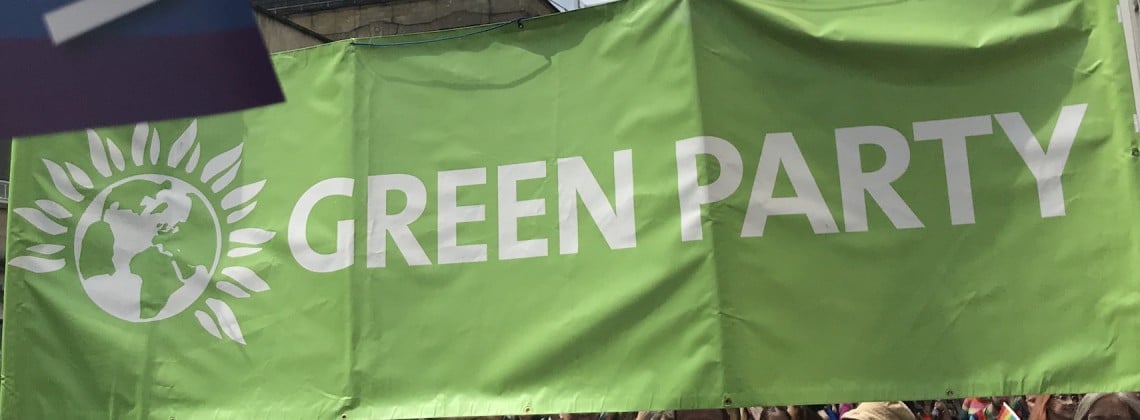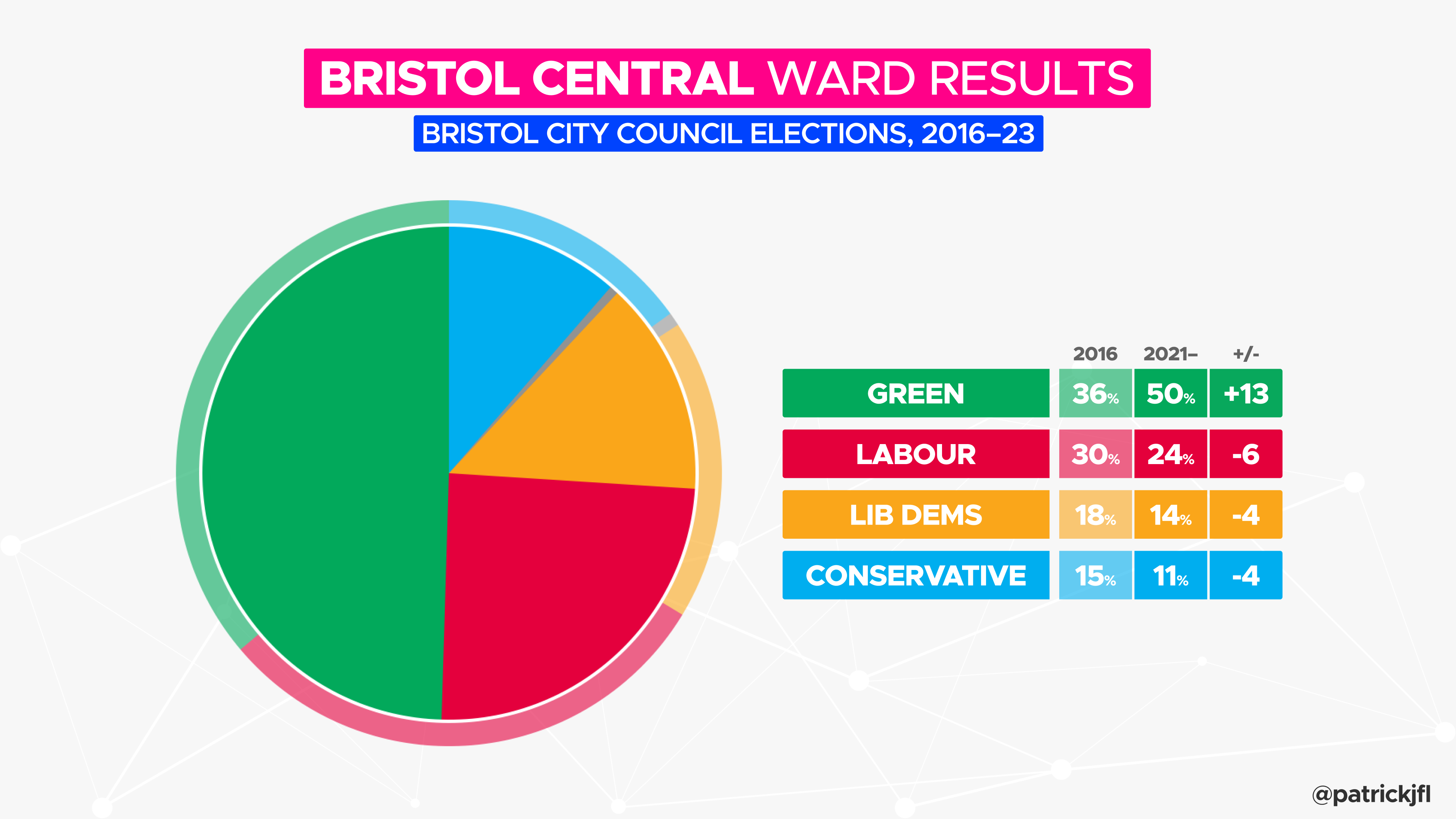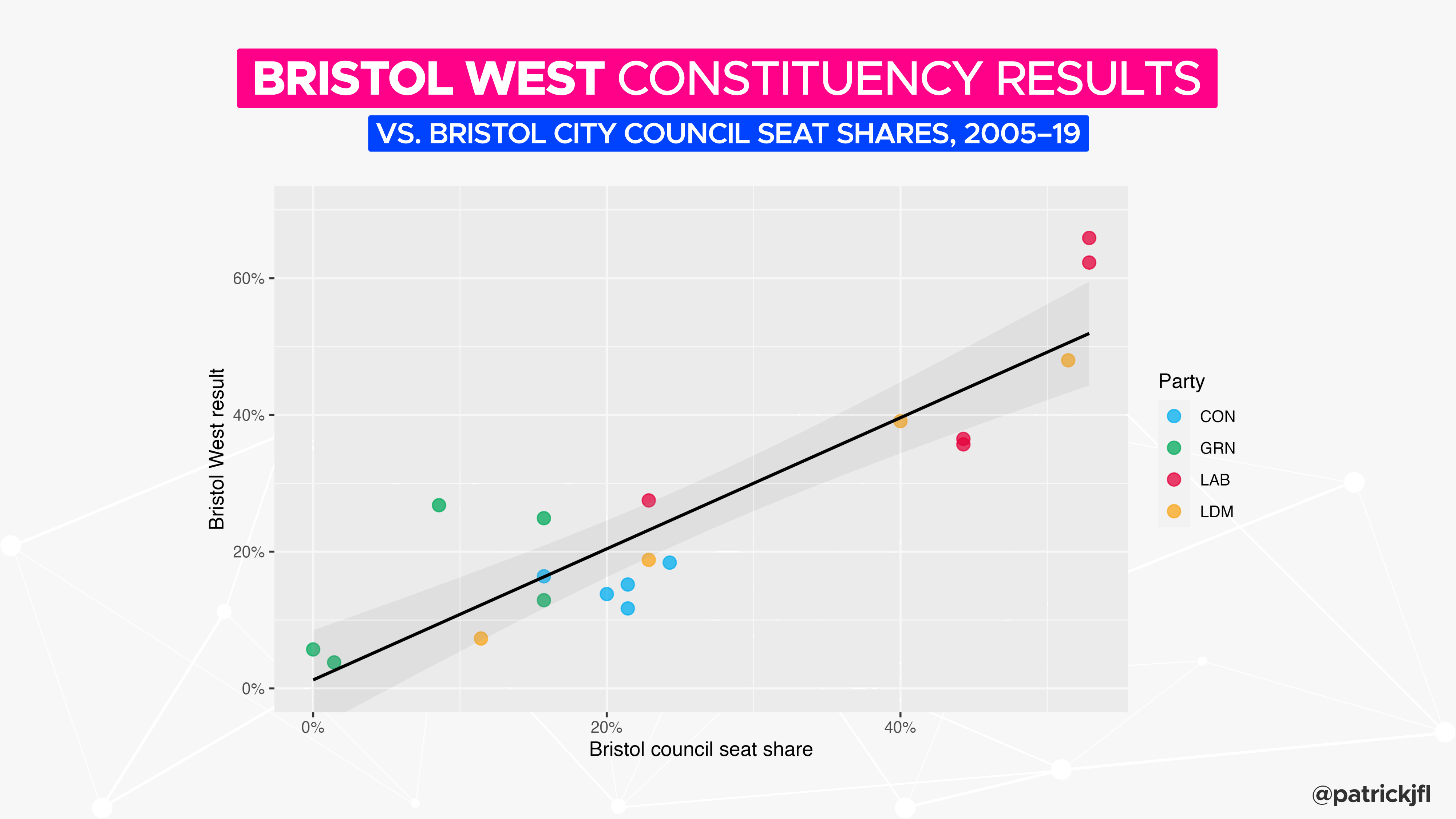
Could the Greens win another Westminster seat in 2024?
Patrick Flynn
23 May 2023
The Green Party has made huge strides in local government representation in recent times and now boasts 790 councillors in Great Britain, four times as many as they had just five years ago.
However, the question remains whether the party can transfer its local successes into parliamentary ones. At the moment, the only Green representation in Westminster comes in the form of Caroline Lucas, who was first elected in 2010 and has won increasingly large majorities at every general election since.
The novelty of a Green MP at Westminster may not last long, though, and the party will have its sights on multiple seats at the next general election. The main target has to be the new Bristol Central constituency - a scaled-down version of the outsized Bristol West, where current co-leader Carla Denyer picked up 25% of the vote last time around. The Greens came within 6,000 votes of winning there in 2015, the closest the party has ever got to winning a second seat.
Bristol West is currently held by Labour and, based on Britain Elects’ notional 2019 result on the proposed boundaries, the new Bristol Central seat will be just as Green and slightly less red than its predecessor.
The Greens have been making steady progress in local elections in Bristol and became the largest party on Bristol City Council for the first time ever after winning a by-election early this year, something that will be making those in Labour HQ itch. In the wards that make up Bristol Central, the Greens currently boast 12 councillors to Labour’s two, with the party taking 50% of the vote the last time they were contested.

Going back to 2005, there has been a very strong relationship between general election results in Bristol West and the composition of Bristol Council at the time of the election.

Using this model to forecast the next election result in Bristol Central would put the Greens and Labour neck-and-neck on around 42% of the vote (assuming the Lib Dems don’t field a candidate again).
It’s worth noting that this would not be the first time Green council results have foreshadowed those of Westminster elections. Between 1996 and 2011, the number of Green councillors in Brighton and Hove closely tracked the party’s results in Brighton Pavilion, leading to Caroline Lucas becoming the party’s first MP in 2010.
Looking further afield, are there any other seats where Green local election results can highlight some potential long-term targets?
Bury St Edmunds is a constituency that springs to mind. The seat has been Conservative since 1885 and incumbent MP Jo Churchill sits on a hefty majority, but the Greens took 16% of the vote there at the last election - their fourth-best result in the country. About 40% of the constituency falls under the Mid Suffolk council boundaries, where the Greens notably won majority control of a council for the first time ever earlier this month.
Of the Mid Suffolk council wards that will fall under the Bury St Edmunds seat at the next election, the Greens hold 11 of the 13 seats and the Conservatives zero. However, Bury St Edmunds also comprises a lot of wards from the neighbouring West Suffolk council. In these wards, the Conservatives hold 12 and the Greens just one, putting the two parties neck-and-neck on 12 councillors apiece across the constituency. If we were to weight each ward by the size of its electorate, the Greens would have the edge, with 37% of the seats to the Conservatives’ 30%.
While one or both of these seats may be out of reach for the Greens at the next election, I expect it will only be a matter of time before more constituencies follow in Brighton Pavilion’s footsteps.
Patrick Flynn
23 May 2023


